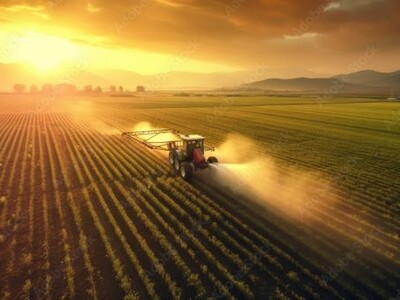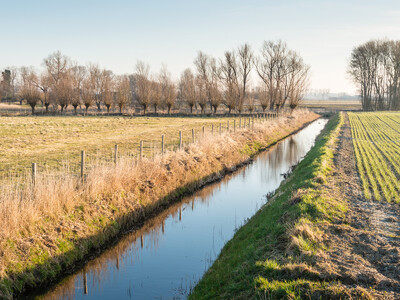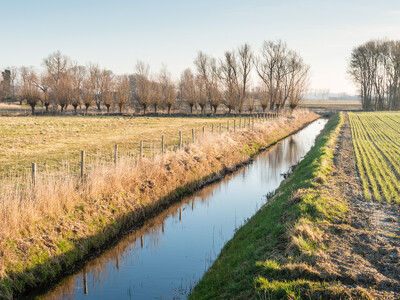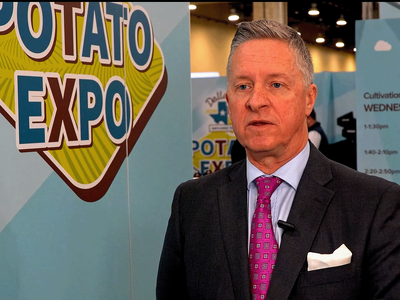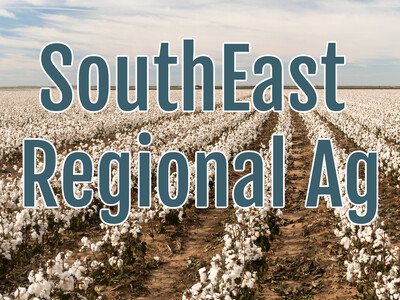Watching for Weeds
Watching for Weeds. I’m Greg Martin with today’s Line On Agriculture.
Wildfires this year have already devastated more than 800-thousand acres of rangeland in southeastern Oregon. Ranchers and land managers don’t want to get burned a second time by invasive noxious weeds that may sneak in as part of massive restoration efforts. The Oregon Department of Agriculture wants to make sure that plantings of desirable grasses and other vegetation in Malheur and Harney counties don’t include weed seeds.
BUTLER: There’s going to be a need for restoration after a major fire like that. I think to look at, as part of that restoration effort, we certainly want to prevent, any way that we can, introduction of noxious weeds into areas where they are not.
Tim Butler with ODA’s Noxious Weed Control Program says that means using clean and tested weed-free sources of seed. ODA’s Jim Cramer says such undesirable invasive plants as yellow starthistle and knapweed have popped up in past restoration efforts.
CRAMER: We have history of problems from seed that was bought with good intentions and probably supplied with good intentions. But the fact that it wasn’t tested, people unintentionally planted some pretty bad weeds out there.
Much of the scorched land in southeastern Oregon belongs to the Bureau of Land Management, which has a policy of using weed-free seeds and also testing those seeds to make sure they are clean. But with some private landowners in the area eventually looking to do their own re-seeding, ODA hopes the message of making sure the seeds are good and proper gets to everyone. Cramer says with so many acres burned in Eastern Oregon and other parts of the west, good seed is going to be in demand and landowners should not have a false sense of security when it comes to seed purity.
CRAMER: Get prepared ahead, before the actual planting– which is the sourcing and the sampling and testing– so that you know before crunch time that you’ve got a product that doesn’t have noxious weed seed.
Butler says contaminated seed lots are not prevalent, but it is possible. That’s why prevention is very important.
BUTLER: We have enough weed problems on the ground that we are trying to deal with and putting a lot of resources in, that are making major impacts on our natural resources. We can’t afford to be seeding weeds.
That’s today’s Line On Agriculture. I’m Greg Martin on the Ag Information Network.





